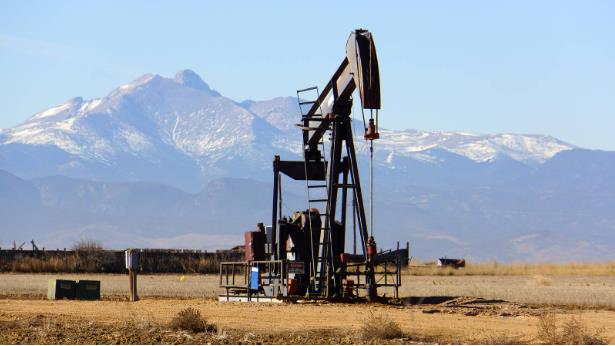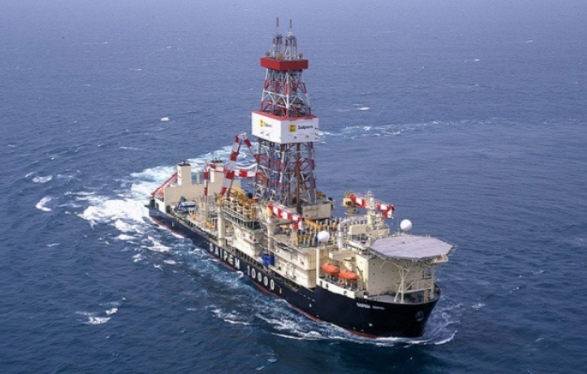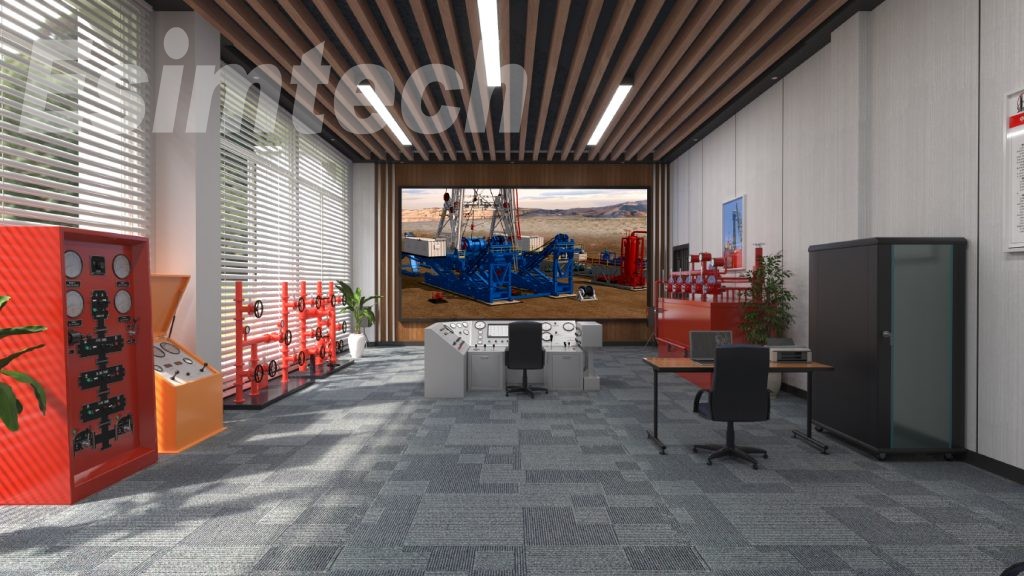Oil rigs, also known as drilling platforms or offshore platforms, stand as testament to human engineering prowess, facilitating the extraction of valuable hydrocarbon resources from beneath the ocean floor. These structures are pivotal to the global oil and gas industry, enabling the extraction of crude oil and natural gas from offshore reserves. In this comprehensive guide, we explore the diverse types of oil rigs tailored to unique offshore environments and drilling demands, alongside considerations for selecting the optimal rig for your project.

Exploring the Spectrum of Oil Rigs:
Fixed Platform Rigs:
Fixed platform rigs are stalwart fixtures, firmly anchored to the ocean floor. They come in various configurations, including:
Jack-up Platforms: Deployed in shallow waters, supported by adjustable legs.
Conductor Support Platforms: Designed for deep-water drilling, supported by vertical conductors.
Caisson Platforms: Massive hollow structures, utilized in shallow to ultra-deep waters.
Semi-Submersible Rigs:
Semi-submersible rigs offer versatility, partially submerged and regulated by ballast systems. Renowned for their stability, they operate effectively in various water depths and adverse weather conditions.
Drillship Rigs:
Drillship rigs, resembling mobile vessels, boast agility and mobility for deepwater and ultra-deepwater drilling. Ideal for exploratory drilling in remote offshore locations.

Tension Leg Platform (TLP) Rigs:
TLP rigs excel in deepwater drilling projects, anchored to the seabed with tension-maintaining tethers or tendons, ensuring stability amid significant wave motion.
Floating Production Storage and Offloading (FPSO) Rigs:
FPSO rigs serve a dual purpose, not only drilling but also processing and storing crude oil. Positioned above offshore fields, they oversee oil processing until tanker ships transport it ashore.
Compliant Tower Rigs:
Compliant tower rigs, tailored for water depths of 300 to 2,000 feet, feature slender towers anchored to the seabed. Their design enables them to sway with natural waves, ensuring operational stability.
Subsea Rigs:
A cutting-edge innovation, subsea rigs eliminate the need for conventional above-water platforms, conducting drilling operations directly from the seabed. Ideal for ultra-deepwater drilling, they offer remote operability from surface vessels.
Articulated Column Rigs:
Articulated column rigs are specialized for Arctic conditions, anchored by a single vertical column that pivots to maintain stability amidst ice movements and severe weather.
Mini Rigs:
Mini rigs, compact and portable, cater to shallow water or near-shore drilling projects. Easily transported by truck, they offer swift deployment for minor drilling endeavors.
Selecting the Right Oil Rig: Considerations and Guidelines:
Drilling Location:
Pinpoint the drilling site's specifics, considering geographical factors, proximity to shore, and water depth.
Water Depth Assessment:
Different rigs are suited to varying water depths. Match the rig type to the depth range of the drilling location.
Drilling Objectives Clarification:
Define the purpose of drilling—exploration, production, or maintenance—to align rig selection with project goals.
Environmental Conditions Evaluation:
Assess environmental factors like weather patterns and currents to choose a rig capable of withstanding local conditions.
Mobilization and Demobilization:
Consider ease of rig transportation and deployment, balancing mobility with operational requirements.
Budgetary and Cost Constraints:
Evaluate project budget and operational costs to select a rig that aligns with financial parameters.
Regulatory Compliance and Permitting:
Ensure adherence to regulatory standards and obtain necessary permits for drilling activities.
Safety and Risk Assessment:
Prioritize rig safety features and emergency response capabilities, conducting thorough risk evaluations. The drilling simulation training system can be of great assistance in assessing safety and risk in oil rigs. It is specifically designed for training individuals on all aspects of safe and effective drilling rig operations, using a display screen, the 3D animation depicting the working conditions, while sound effects imitating a real rig floor create a fully engaging and immersive training environment.

Consultation and Expert Advice:
Seek guidance from drilling professionals and industry experts to inform rig selection decisions.
Flexibility and Adaptability:
Opt for rigs that offer flexibility to operate in diverse conditions and adapt to changing project requirements.
Maintenance and Availability Considerations:
Assess rig availability and maintenance schedules to ensure timely project execution.
Environmental Impact Mitigation:
Choose environmentally conscious rig options to minimize ecological harm from drilling activities.
Conclusion:
Oil rigs represent the pinnacle of human innovation and engineering prowess, facilitating the extraction of invaluable energy resources from beneath the ocean's depths. Selecting the right rig entails a meticulous evaluation of project requirements, environmental factors, regulatory compliance, and budgetary considerations. By aligning rig selection with project objectives and operational realities, stakeholders can navigate the complexities of offshore drilling with confidence and efficiency, ensuring the sustainable extraction of Earth's precious energy reserves.









Comments (0)